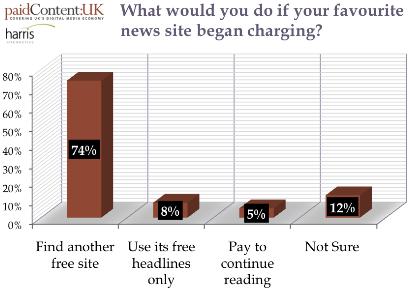Two moves at The Times and Sunday Times — the closure of the Times Opinion Tumblr and the introduction of a retweeting tool — prompted me to write something for Press Gazette about how social media does and doesn’t work behind a paywall.
Here’s the crux of the piece:
Back in the mid/late 2000s search engines drove most people to The Times, accounting for up to 70 per cent of the traffic at one time, according to one senior editorial executive. That was pre-paywall and that was before social began to offer a serious alternative source of high volume traffic.
News International concluded that it couldn’t turn those passing eyeballs into a viable commercial model – and the majority of newspaper groups either side of the Atlantic have come to a similar conclusion.
But a subscription model doesn’t negate the need to create buzz around your journalism. After all, it’s the quality of that journalism that you are selling and to do that effectively you have to show some leg, you have to give non-subscribers a taste of what they are missing, you have to give some of it away for free.
You need to use social media effectively to spread the word. That means no matter how many staffers retweet a cracking page one splash, the link needs to lead somewhere that’s not “sign up here”.
You can read The Times, paywalls and social media here.
